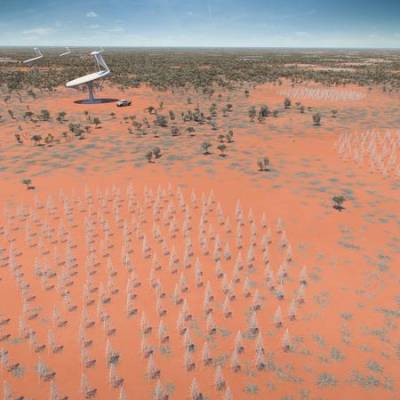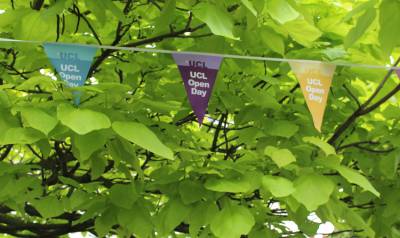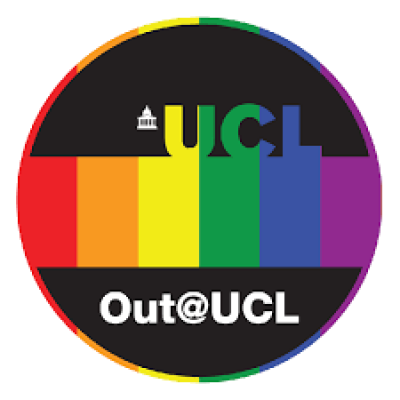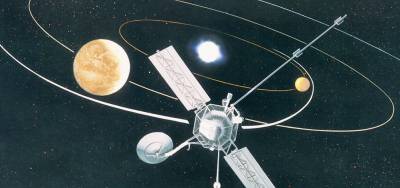World's biggest telescope
19 March 2014
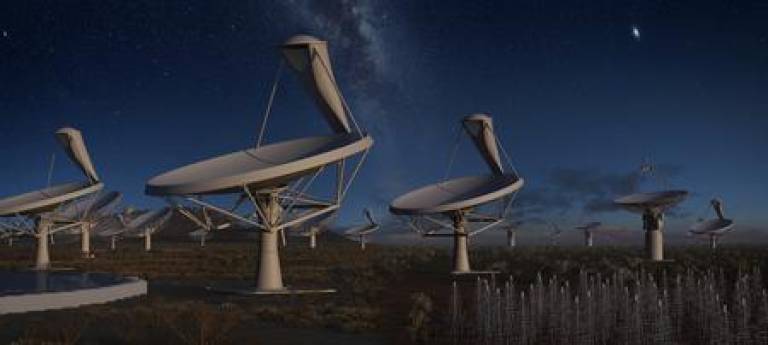
Last week, the UK government pledged £119 million towards the Square Kilometre Array (SKA). This go-ahead means that work on the world's biggest radio telescope can begin in earnest.
Built of antennas (pictured) with a total surface area of one square kilometre, covering tracts of land in South Africa and Australia, SKA will be a powerful tool for radio astronomy, offering unprecedented sensitivity for studying the Universe, in particular its large-scale structures and the conditions during the first million years after the Big Bang.
UCL astronomers have been involved in the scientific aspects of the SKA, such as identifying key areas the telescope should study, since the early stages of the project.
In December 2013, a group of UCL astronomers including Dr Filipe Abdalla, Dr Jason McEwen, Dr Jeremy Jates and Prof Raman Prinja also joined the technical side of the SKA project, which will plan, design and build the observatory.
The Science & Technology Facilities has ringfenced a grant of £300,000 for UCL researchers to work on a series of key questions:
- High performance computing: UCL scientists will work on the challenge of how to analyse the vast quantities of data that will be produced by the antennas, using supercomputers.
- Simulating astronomical data: designing computer systems and developing data processing techniques means knowing how the data that comes from the antennas will look. UCL scientists will be producing simulated telescope data to help calibrate and develop the SKA data processing systems.
- Image reconstruction: Producing images from radio telescope arrays is not simple. Scientists at UCL?s Physics and Astronomy and the Mullard Space Science Laboratory will work on techniques for combining the data together and processing them to produce useable astronomical images.
The design phase for the Square Kilometer array should end in 2016 when hopefully the construction phase will begin.
Photo credit: SKA Organisation
Links
High resolution image
Image A
Image B
These images can be reproduced freely providing the source is credited
 Close
Close



